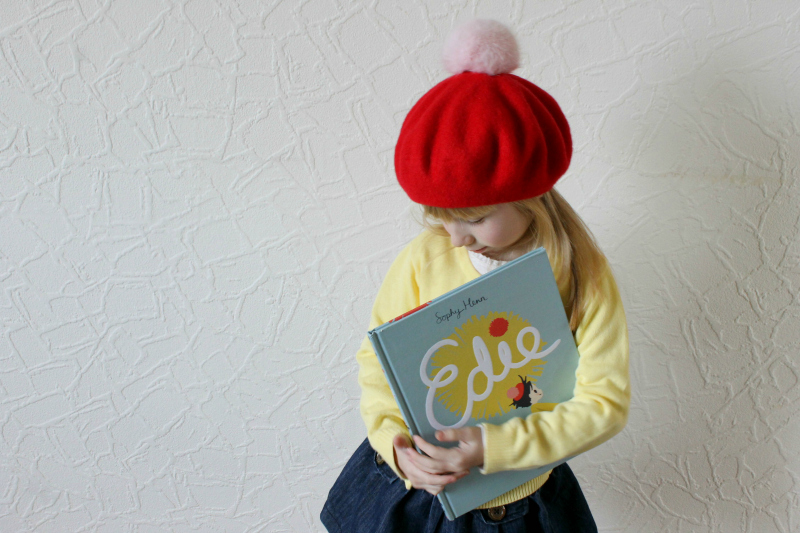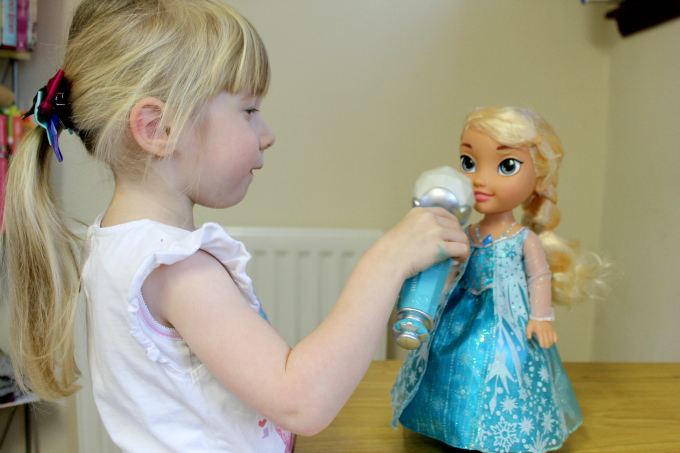
5 Books That May Boost Children’s Understanding of Feelings and Mental Health*
Childhood is often described as the ‘golden age’, and it can be easy to underestimate the amount going in children’s heads. Most of us look back on our childhoods fondly, reminiscing about blissful carefree years. But, in reality, childhood can be a time of stress, anxiety, and early signs of mental health difficulties. According to the NHS, one in eight (12.8%) five to 19 year olds had at least one mental disorder when assessed in 2017. This is problem is a growing concern: emotional disorders are now more common than ever in five to 15-year-olds. The percentage of those struggling with such disorders increased from 4.3% in 1999 and 3.9% in 2004 to 5.8% in 2017.

We like to reassure children and tell them everything is fine. Although this is a quick fix, it doesn’t help the child understand their emotions and process their feelings. With this in mind, there has been a powerful movement aimed at discussing and conquering mental health issues through children’s books. Matt Haig, author of The Truth Pixie (a book aimed at tackling childhood anxiety) explains that “constantly reassuring children that everything is fine is short-sighted [and] it doesn’t help them to develop coping strategies and mental resilience”. Children’s books have always taught valuable lessons. The imaginative illustrations and moral messages inform children and help them understand the world around them. The following stories are an asset to the saddle stitch book printing world, as they all tackle these sensitive issues.
Don’t Feed the WorryBug, written and illustrated by Andi Green
This picture book, brought to us by Andi Green, talks about all types of worries and how easily they can grow into anxiety. The story follows Wince, a little monster who’s worries keep amounting. From “did he feed his fish, Ted?”, to “Would he get a good grade?”, Wince simply can’t stop worrying. After meeting the WorryBug, Wince realises that the bug feeds off his worries. The more he worries, the bigger the WorryBug grows, until its buzzing keeps Wince awake at night and makes him feel anxious all of the time. In the end Wince reaches out to friends and the WorryBug experts, for help. They all come together to show the WorryBug the door and stop Wince’s worries from amounting.
This book does a fantastic job of helping children cope with fear, anxiety, and worry. It perfectly illustrates how small concerns can pile up and become overwhelming. Not only is this message important to help children feel less alone in their worries, but it also encourages asking for help as a solution.
Chrysanthemum, written and illustrated by Kevin Henkes
A story to teach children about bullying and belonging, Chrysanthemum by Kevin Henkes tells us that it’s ok to stand out and be different. The classic picture book revolves around Chrysanthemum, a young mouse who loves her long and beautiful name. Chrysanthemum’s classmates however, bully her about her name and knock her confidence. A kind, pregnant teacher, Mrs Delphinium Twinkle, eventually sees what’s happening and steps in. She reassures Chrysanthemum that her name is beautiful and that she should feel confident. When Mrs Delphinium Twinkle has her baby at the end of the story, she decides to name it Chrysanthemum, too.
This tale teaches tolerance and acceptance. It also aims to make children feel less isolated and worried just because they’re a little different to those around them — a valuable lesson to take into later life.
Feelings: My Many Colored Days, written by Dr Seuss, illustrated by Steve Johnson and Lou Fancher
My Many Colored Days, is an abstract picture book that has a very different look to the more famous Dr Seuss stories. Bold and bright shapes accompany the words, rather than Seuss’ iconic cartoons. This delightful book takes its readers through all sorts of colours and emotions. It delicately illustrates that not all days are sunny yellow days, nor are they all doomed to be blue and gloomy. The idea is simple, yet effective, reminding children (and adults) that it is okay to feel a spectrum of emotions.
When Dinosaurs Die: A Guide to Understanding Death, written and illustrated by Laurie Krasny Brown and Marc Brown
Death, and the difficult emotions attached to it, is a hard subject to broach. However, it is essential that children have some understanding of death and what it might mean, so that they are able to process the emotions healthily in real life scenarios. When Dinosaurs Die: A Guide to Understanding Death, does an impressive job of addressing this heart-wrenching topic. When faced with a death in the family, the dinosaur family comes together to grieve. The Browns are careful to leave room for individual interpretations and feelings in their story, with no prescribed reactions. This book teaches children that “there is no right or wrong way to feel” and prompts young readers to ask their parents questions about the daunting subject.
The Bear Who Stared by Duncan Beedie
Shortlisted for the Waterstones Children’s Book Prize in 2017, Duncan Beedie’s picture book educates children about social anxiety and feeling to shy to interact with others. As many children struggle with shyness, books like this one are vital to encourage children to come out of their shell and make friends.
The story revolves around a bear named Bear who likes to stare. Although he isn’t trying to be rude, this staring sometimes gets him in trouble. After struggling to make friends due to his shyness, a friendly frog comes along teaches Bear that a smile can go a long way. Thanks to the helpful frog, and a smile or two, Bear begin to make friends.
All of these stories do a great service to young children. Childhood can be a difficult time and pretending everything okay isn’t enough to help children’s healthy emotional development. By teaching children that it’s okay to feel all kind of ways, these stories offer a narrative in which children won’t feel as isolated and worried about what’s going on in their heads.
Sources
https://childmind.org/article/best-childrens-books-about-mental-health/
https://www.tes.com/news/15-books-support-childrens-mental-health
https://www.theguardian.com/books/2018/oct/18/can-picture-books-meet-the-crisis-in-childrens-mental-health
https://www.centreformentalhealth.org.uk/fact-sheet-children-and-young-peoples-mental-health
https://digital.nhs.uk/data-and-information/publications/statistical/mental-health-of-children-and-young-people-in-england/2017/2017
https://www.worrywoos.com/assets/dfw2.pdf
http://www.kids-bookreview.com/2011/09/review-my-many-colored-days.html
https://www.publishersweekly.com/978-0-316-10917-8



